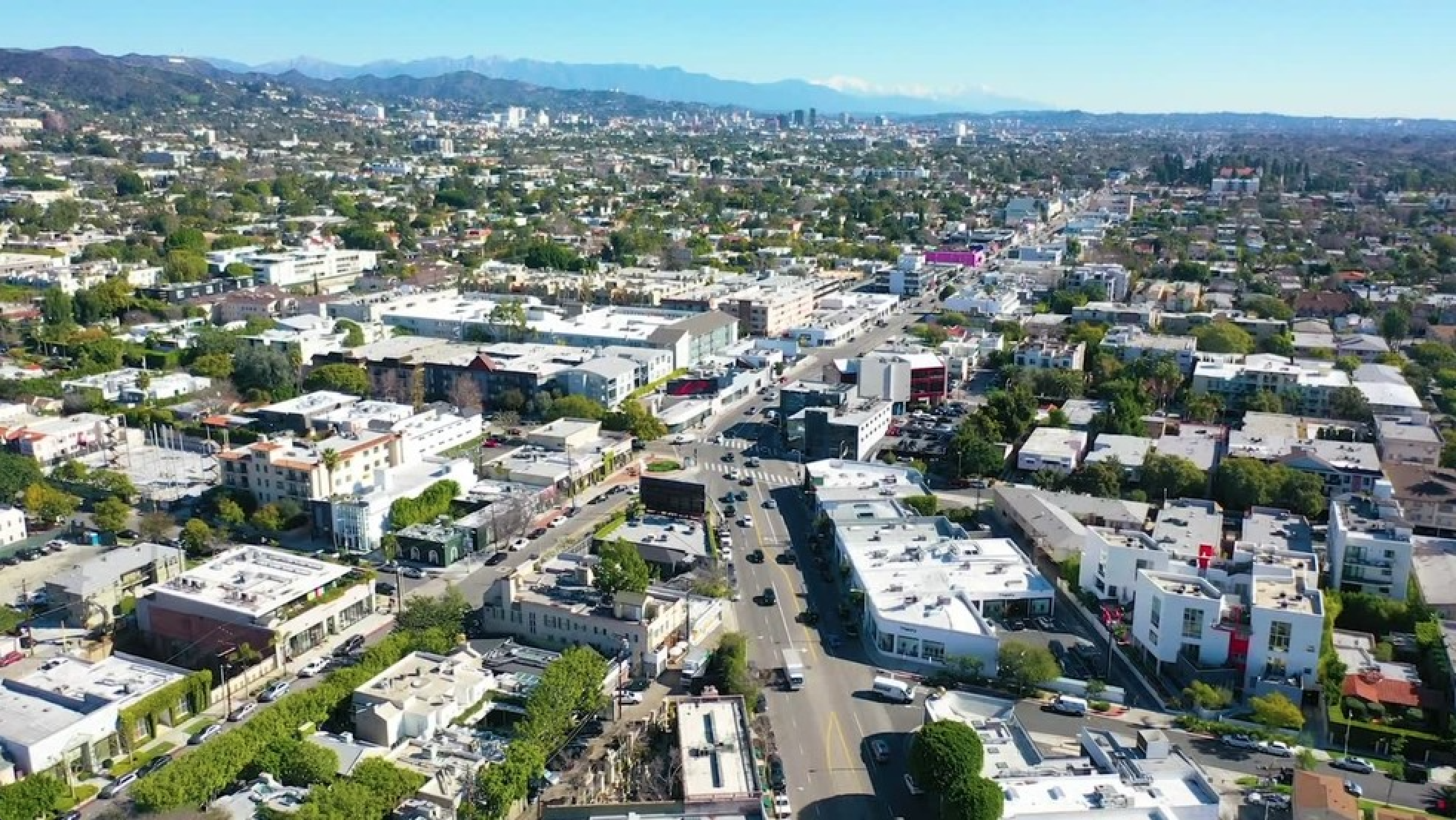
With some of the nation’s highest median home prices—and more than a few of its priciest individual homes—Los Angeles property owners collectively possess a massive pool of real estate equity worth an astonishing $760 billion.
That’s according to a new report from real estate analyst Black Knight. The study shows that Los Angeles leads the nation in “tappable equity,” that is, the value of homes that owners can access by selling or refinancing.
The amount of equity accessible to homeowners in the LA metropolitan area, which includes Los Angeles and Orange counties, is nearly double that of New York ($395 billion) and fully twice that of the entire state of Texas ($322 billion).
The numbers in the report highlight the financial resources available to LA homeowners—particularly those who have paid off a sizable portion of their mortgages. That wealth can be accessed by selling, by using equity to take out loans, or through a cash-out refinance.
That third option is when homeowners replace existing mortgages with a new, larger loan. Lenders will then pay the difference between the loans in cash. Cash-out refinances were notoriously popular prior to the Great Recession, and the report shows this type of home loan is becoming more common across the country.
Between the end of 2012 and the end of 2018, the amount of money U.S. homeowners collected through cash-out refinances almost doubled, despite the fact that owners accessed a lower share of overall equity in the final months of 2018.
Incredibly, Black Knight reports that available equity has actually declined in the LA area by $40 billion since summer 2018. Though median home prices across Southern California are close to an all-time high, sales have sagged in recent months, and prices are rising at a more modest clip.
More than half of Los Angeles residents, however, don’t own homes. For that reason, they are unable to tap into the urban area’s enormous pool of real estate equity. Moreover, buying remains unaffordable to the vast majority of current renters, meaning that the region’s real estate wealth is, for the time being, likely to remain in the hands of a relatively small share of residents.




